by Rita Cook
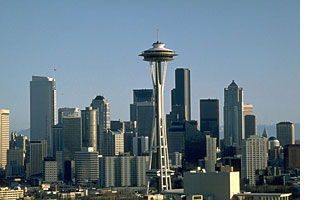 What could be more fun than a trip to Seattle with thoughts of coffee, grunge, computer genius protégés and of course, the Seattle Seahawks. On a recent trip to this popular Pacific Northwest town however, I found there was a whole lot more, and yes you can do it in 24 hours. In fact, Seattle has a real charm and appeal and to me this bohemian city reminded me a bit of San Francisco. San Francisco or not, Seattle is an eclectic city with a vibe all its own. It all started when the city became popular in 1962 after hosting the World’s Fair. In fact, that’s where the Space Needle came from – all 605 feet of it. It was built to show the world “the city of the future” and it has made a permanent mark on the Seattle skyline ever since.
What could be more fun than a trip to Seattle with thoughts of coffee, grunge, computer genius protégés and of course, the Seattle Seahawks. On a recent trip to this popular Pacific Northwest town however, I found there was a whole lot more, and yes you can do it in 24 hours. In fact, Seattle has a real charm and appeal and to me this bohemian city reminded me a bit of San Francisco. San Francisco or not, Seattle is an eclectic city with a vibe all its own. It all started when the city became popular in 1962 after hosting the World’s Fair. In fact, that’s where the Space Needle came from – all 605 feet of it. It was built to show the world “the city of the future” and it has made a permanent mark on the Seattle skyline ever since.
There is also a restaurant at the top of the Space Needle that rotates every hour providing awesome views of Puget Sound and the Cascade and Olympic Mountains. I was hungry so I ate there, but even if you’re not hungry just visit the observation deck at 520-feet with 360-degree views as well.
Seattle also has a good share of museums, theaters, parks and specialty amusements. Neighborhoods and historic districts are also quite popular, beginning with the well-known Underground Tour.
Take the 90-minute Underground Tour and experience a look back in time at Seattle. It is a historic, guided walking tour that takes the visitor beneath the city’s sidewalks of Pioneer Square and other historic districts.
As I traveled through subterranean passages I discovered what was, at one time, the actual roadways and first-floor storefronts of the old city. The great fire in 1889 destroyed Seattle’s downtown that was mostly made of wood and definitely changed the city’s architecture forever. The Underground Tour explains how it all happened with a humorous and irreverent look at the past.
Seattle’s museums range from music, to dolls to the more traditional natural history, fine art and flight themes.
Check out The Burke Museum of Natural History and Culture featuring artifacts from the Pacific Northwest including American totem poles, hand-carved cedar canoes, dinosaur skeletons and fossils.
The Experience Music Project has the entire city in a buzz and was the brainchild of Microsoft co-founder, Paul G. Allen. This museum is dedicated to exploring the creative and innovative American music scene including rock ‘n’ roll, jazz, soul, gospel and even hip-hop. It’s huge at 140,000 square feet and it has over 80,000 artifacts including the largest Jim Hendrix memorabilia collection around.
For those strictly into art, the Henry Art Gallery is a must-see for modern and contemporary works. Lesser known museums in Seattle include the Museum of Glass, Science Fiction Museum and Hall of Fame and the Seattle Asian Art Museum.
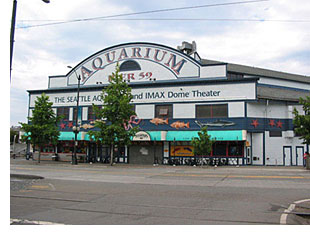 Since Puget sounds plays such a large role in Seattle’s geography it is no wonder that there are many water activities for the visitor. Argosy Cruises is Seattle’s largest water sightseeing tour operator and there are dinner and lunch excursions as well.
Since Puget sounds plays such a large role in Seattle’s geography it is no wonder that there are many water activities for the visitor. Argosy Cruises is Seattle’s largest water sightseeing tour operator and there are dinner and lunch excursions as well.
Seattle seaplanes will give you an excellent tour of the area from high-up or the “Ride the Ducks” tour will actually take you up close and personal to the water in a vintage DUKW vehicle straight out of World War II.
Many of Seattle’s neighborhoods are still intact from times gone by and to visit is to get an idea of what the city once offered. Pike Place Market is the oldest continuously-operated farmer’s market in the United States. It is also located in a nine-acre historic district in the heart of downtown.
Pioneer Square is another oldie, but goodie. Located on the southern fringe of the downtown business area, there are 20 square blocks of Victorian Romanesque buildings. It is also in this area where most of the museums, art galleries and restaurants come to life.
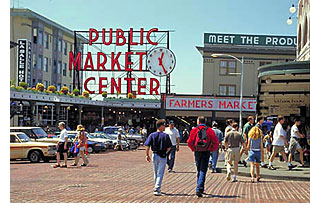 The Seattle Center is where the 1962 World’s Fair actually took place and now it is a 74-acre park with museums, theatres and other attractions that constantly draw crowds. Make your way to the waterfront since it’s a treat to watch the ferry boats, luxury cruise liners and sightseeing tour boats all move around at once.
The Seattle Center is where the 1962 World’s Fair actually took place and now it is a 74-acre park with museums, theatres and other attractions that constantly draw crowds. Make your way to the waterfront since it’s a treat to watch the ferry boats, luxury cruise liners and sightseeing tour boats all move around at once.
The aquarium is located at the waterfront too and a visit to the IMAX Omnidome Theater is a good chance to see “The Eruption of Mt. St. Helens.”
Wine tasting is really becoming a popular Seattle pastime with Bainbridge Islands Vineyards and Winery on the top of the list. It’s a small family run vineyard that is just a 35-minute ride across Puget Sound. There is also the Redhook Brewery or the Pyramid Brewery offering free tours and tastings.
By the way, while in town, make yourself at home at the W hotel (1112 Fourth Avenue), a hip spot in the heart of Seattle’s financial, retail and entertainment district attracting visitors and locals alike.
The 26-floor getaway also features the popular W Bar and The Living Room, a prime gathering spot for guests to meet and socialize and the last place I visited after a full day and a short night before heading to my next stop in the world of global meltdown.
About the author:
This week Traveling Tales welcomes freelance travel writer Rita Cook, who makes her home in North Hollywood, California.
Photos courtesy of the Seattle Convention & Visitors Bureau:
1: The Space Needle dominates Seattle’s skyline
2: The Aquarium also offers the IMAX Theatre
3: The Public Market is a popular meeting place for locals and visitors
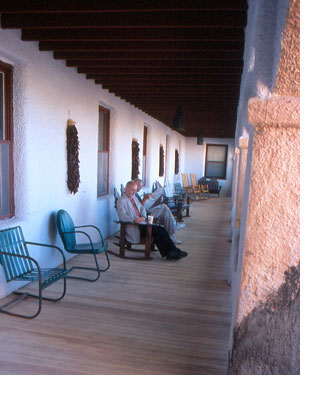
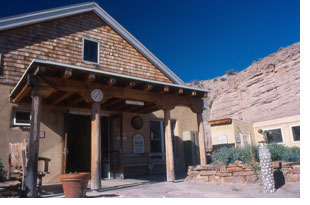 Heading back down the switchback, I paused to enjoy the view and shoot some photos. Anticipating a reward for my exertions, I had a relaxing massage booked to help me unwind. Following supper, I planned to enjoy the spa’s naturally hot mineral pools to further reduce me to a mass of human Silly Putty.
Heading back down the switchback, I paused to enjoy the view and shoot some photos. Anticipating a reward for my exertions, I had a relaxing massage booked to help me unwind. Following supper, I planned to enjoy the spa’s naturally hot mineral pools to further reduce me to a mass of human Silly Putty.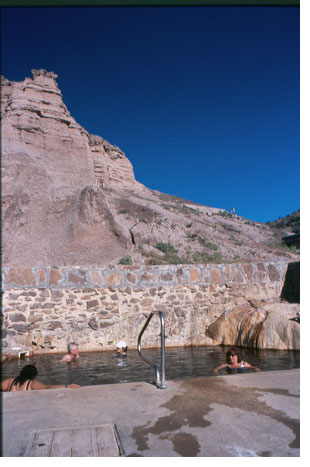 There is nothing quite so invigorating, yet at the same time totally relaxing, as taking the waters in a hot mineral pool at night, watching the desert stars come out to sprinkle the darkening skies with their twinkling brightness.
There is nothing quite so invigorating, yet at the same time totally relaxing, as taking the waters in a hot mineral pool at night, watching the desert stars come out to sprinkle the darkening skies with their twinkling brightness.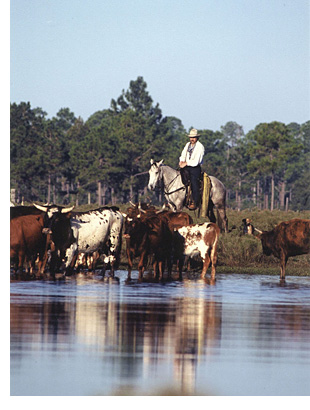
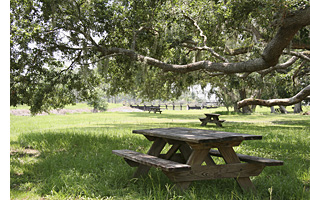 With a broad sweep of his arm, he pointed out a peculiar natural phenomenon, open spaces shaded by heavy clumps of Spanish moss hanging in surreal patterns from the branches of ancient spreading oak trees “We call these places hammocks.” he told us,” its and old Indian word, means shade and comfort. The oaks have outlived the pine, but if there is a fire, the oaks burn and pines don’t. Fire in the forest is nature’s way of cleaning it up.”
With a broad sweep of his arm, he pointed out a peculiar natural phenomenon, open spaces shaded by heavy clumps of Spanish moss hanging in surreal patterns from the branches of ancient spreading oak trees “We call these places hammocks.” he told us,” its and old Indian word, means shade and comfort. The oaks have outlived the pine, but if there is a fire, the oaks burn and pines don’t. Fire in the forest is nature’s way of cleaning it up.”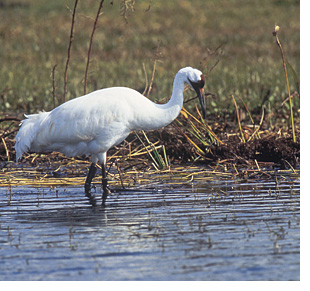 This was a first sighting for one of our group and he happily added this rare bird to his life list. We spied stately cormorants, green backed herons, a crested cara cara, black ducks, osprey and a shy limpkin. “People come from all over the world to site just one of our birds. That’s a birder for you.”
This was a first sighting for one of our group and he happily added this rare bird to his life list. We spied stately cormorants, green backed herons, a crested cara cara, black ducks, osprey and a shy limpkin. “People come from all over the world to site just one of our birds. That’s a birder for you.”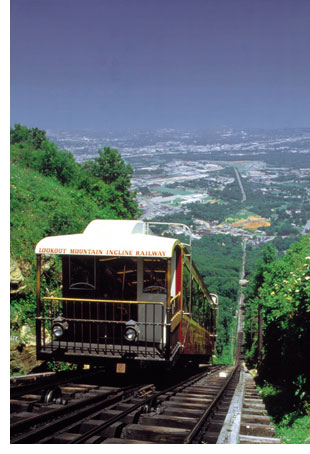
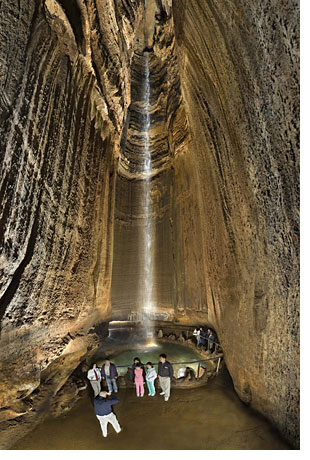 Since 1929 this place has been attracting tourists deep within the underground caverns of Lookout Mountain. The final result is a magnificent 145-foot thundering waterfall that is worth the walk among the various types of formations and rimstone pools.
Since 1929 this place has been attracting tourists deep within the underground caverns of Lookout Mountain. The final result is a magnificent 145-foot thundering waterfall that is worth the walk among the various types of formations and rimstone pools.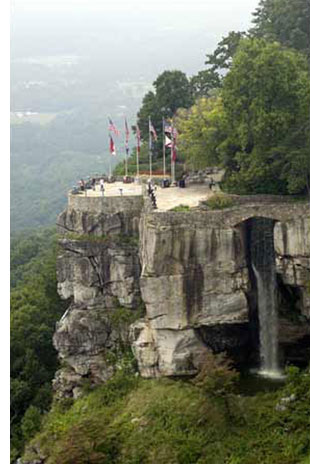 There is a panoramic view of seven states (Alabama, Georgia, Kentucky, North Carolina, South Carolina, Virginia and, of course, Tennessee) and as they say “on a clear day you can see forever” while standing atop this historic mountain.
There is a panoramic view of seven states (Alabama, Georgia, Kentucky, North Carolina, South Carolina, Virginia and, of course, Tennessee) and as they say “on a clear day you can see forever” while standing atop this historic mountain.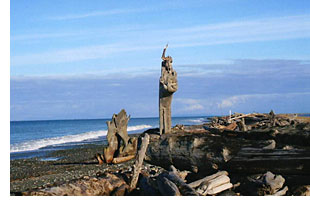
 Originally named in 1792 by Capt. George Vancouver for the Marquis de Townsend it did not officially become a community until 1851. It never reached its expected glory when the railroad terminal landed elsewhere but the legacy of its leavings are there for the viewing with a self guided walking/driving tour of its Victorian charm
Originally named in 1792 by Capt. George Vancouver for the Marquis de Townsend it did not officially become a community until 1851. It never reached its expected glory when the railroad terminal landed elsewhere but the legacy of its leavings are there for the viewing with a self guided walking/driving tour of its Victorian charm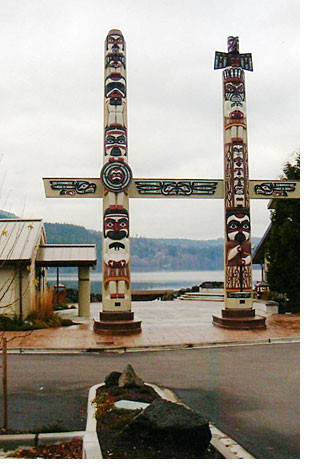 Port Townsend is also the terminal for the 30 minute Whidbey Island ferry run. The Island stretches long and thin through Puget Sound and is linked by bridge to the Mainland in the north. No less than five state parks, all set upon the coasts compliment its community parks and add to the rural laid back atmosphere. Two, Fort Casey and Fort Ebey State Parks house remnants of the forts which formed part of the ring of fire threatening anyone who dared consider an attack through the sound.
Port Townsend is also the terminal for the 30 minute Whidbey Island ferry run. The Island stretches long and thin through Puget Sound and is linked by bridge to the Mainland in the north. No less than five state parks, all set upon the coasts compliment its community parks and add to the rural laid back atmosphere. Two, Fort Casey and Fort Ebey State Parks house remnants of the forts which formed part of the ring of fire threatening anyone who dared consider an attack through the sound.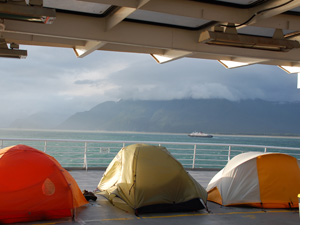
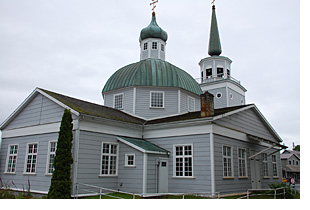 One of them is Sitka, on day 2, where a domed church, artifacts of Russian settlers, and hand-carved totem poles are reminders of the town’s unique heritages.
One of them is Sitka, on day 2, where a domed church, artifacts of Russian settlers, and hand-carved totem poles are reminders of the town’s unique heritages.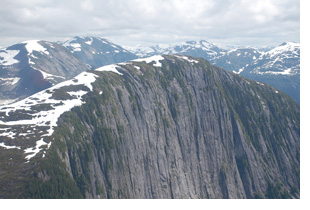 And what confirmed adventure traveller could really resist the opportunity of flying high above those stunning, remote, nearly vertical cliffs that separate the glacial valleys below, filled with mountain lakes, dense forests, and little islands, under a completely clear sky?
And what confirmed adventure traveller could really resist the opportunity of flying high above those stunning, remote, nearly vertical cliffs that separate the glacial valleys below, filled with mountain lakes, dense forests, and little islands, under a completely clear sky?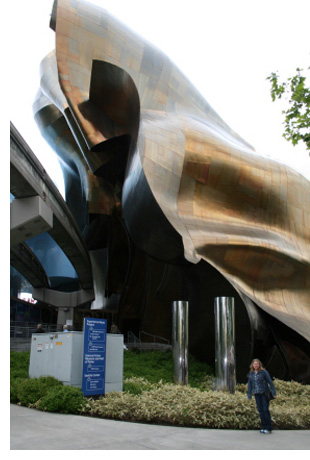 This massive Frank O. Gehry architectural wonder, vaguely shaped in the form of a monumental guitar, is jammed packed with opportunities to get both of your hearts thumping. You’ll be mesmerized by the psychedelic-like acoustics of Sky Church, where musical greats become giant size on the monster video screen, take a step back in time with Jimi Hendrix and his ‘Evolution of Sound,’ and unleash innate musical talents when performing that special song for the one you love. Plunk away on the keyboard, strum on a guitar or serenade each other with a golden oldie.
This massive Frank O. Gehry architectural wonder, vaguely shaped in the form of a monumental guitar, is jammed packed with opportunities to get both of your hearts thumping. You’ll be mesmerized by the psychedelic-like acoustics of Sky Church, where musical greats become giant size on the monster video screen, take a step back in time with Jimi Hendrix and his ‘Evolution of Sound,’ and unleash innate musical talents when performing that special song for the one you love. Plunk away on the keyboard, strum on a guitar or serenade each other with a golden oldie. 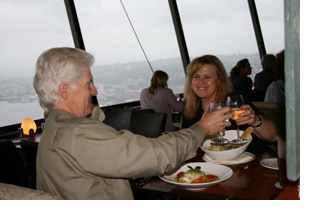 This futuristic-looking Space Needle has been Seattle’s well known icon since the World’s Fair in 1962. From its lofty six hundred foot (204 meters) high observatory your hearts will palpitate when checking out the stunning panorama that includes everything from the city’s bustling downtown hub to the pinnacle of Mt Rainer. Even when the clouds roll in, the ethereal effect will initiate some loving Valentine vibes. You can also share the vista while wining and dining by candlelight. This landmark’s SkyCity rotating restaurant dishes up culinary classics that match the 360 degree rotating view.
This futuristic-looking Space Needle has been Seattle’s well known icon since the World’s Fair in 1962. From its lofty six hundred foot (204 meters) high observatory your hearts will palpitate when checking out the stunning panorama that includes everything from the city’s bustling downtown hub to the pinnacle of Mt Rainer. Even when the clouds roll in, the ethereal effect will initiate some loving Valentine vibes. You can also share the vista while wining and dining by candlelight. This landmark’s SkyCity rotating restaurant dishes up culinary classics that match the 360 degree rotating view.  Chocolates, flowers, jewelry, oh my! You’ll find every valentine favorite at this queen bee of farmer’s markets. But watch out for those flying fish! This venue has been a Seattle institution since 1907 and beneath open air tents, merchants, craftsman and farmers line up year round. Aside from the original Starbucks, you won’t find any chain stores here –and all is sold on a first come basis, so for the freshest and finest, get their early. You won’t be disappointed!
Chocolates, flowers, jewelry, oh my! You’ll find every valentine favorite at this queen bee of farmer’s markets. But watch out for those flying fish! This venue has been a Seattle institution since 1907 and beneath open air tents, merchants, craftsman and farmers line up year round. Aside from the original Starbucks, you won’t find any chain stores here –and all is sold on a first come basis, so for the freshest and finest, get their early. You won’t be disappointed! 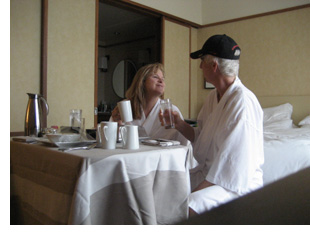 This elite award winner occupies a prime location near the city’s core. Instead of being squeezed next to downtown high rises that brim from Seattle’s bustling vortex, you’ll be idyllically distanced from the percolating crowds. It’s just four blocks from the Pike and Pine Street shopping, six blocks from the Convention Center and the Space Needle, and minutes via streetcar from Lake Union’s enticing restaurants.
This elite award winner occupies a prime location near the city’s core. Instead of being squeezed next to downtown high rises that brim from Seattle’s bustling vortex, you’ll be idyllically distanced from the percolating crowds. It’s just four blocks from the Pike and Pine Street shopping, six blocks from the Convention Center and the Space Needle, and minutes via streetcar from Lake Union’s enticing restaurants.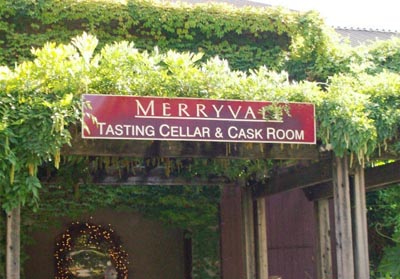
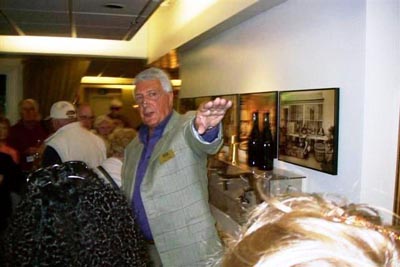
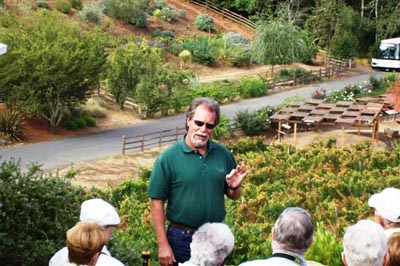
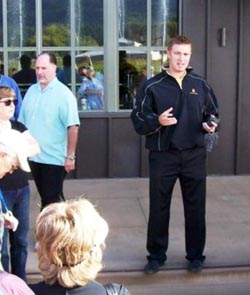
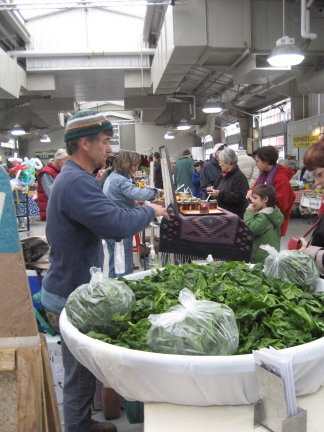
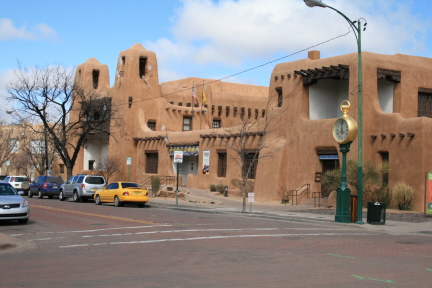
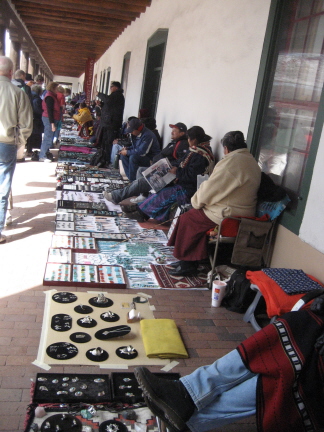
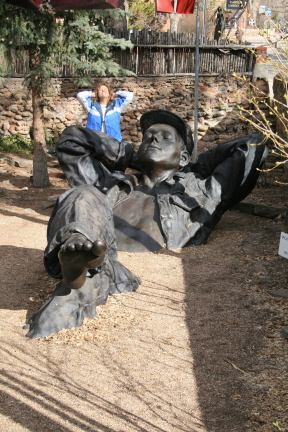
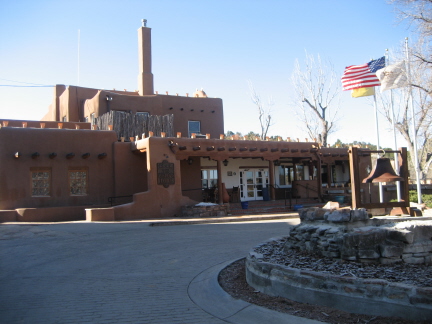
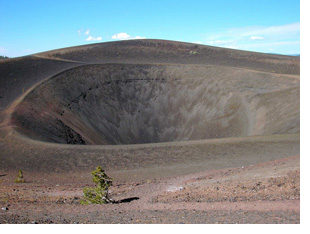 In 2004, some 3.2 million visitors made the pilgrimage to the 1,200 square miles of stunning, protected wilderness that is Yosemite National Park, high in California’s central Sierra Nevada range.
In 2004, some 3.2 million visitors made the pilgrimage to the 1,200 square miles of stunning, protected wilderness that is Yosemite National Park, high in California’s central Sierra Nevada range. 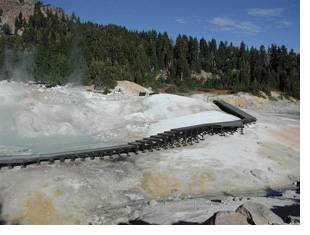 We arrived to the rotten-eggs smell of hydrogen sulfide. Walking across catwalks designed to protect us from the heat of this natural cauldron, we gazed down at boiling mud pots and superheated steam vents. Their colors astounded us—ochre, aqua and every shade of gray.
We arrived to the rotten-eggs smell of hydrogen sulfide. Walking across catwalks designed to protect us from the heat of this natural cauldron, we gazed down at boiling mud pots and superheated steam vents. Their colors astounded us—ochre, aqua and every shade of gray.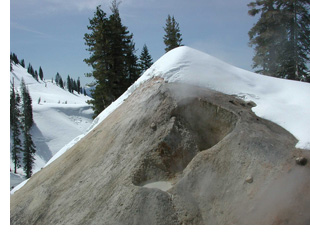 Both of the park’s pasts—the ancient one and the more modern one—tell a gripping story. Picture-perfect lakes and the seemingly serene mountain from which the park takes its name belie fiery beginnings 600,000 years ago.
Both of the park’s pasts—the ancient one and the more modern one—tell a gripping story. Picture-perfect lakes and the seemingly serene mountain from which the park takes its name belie fiery beginnings 600,000 years ago.